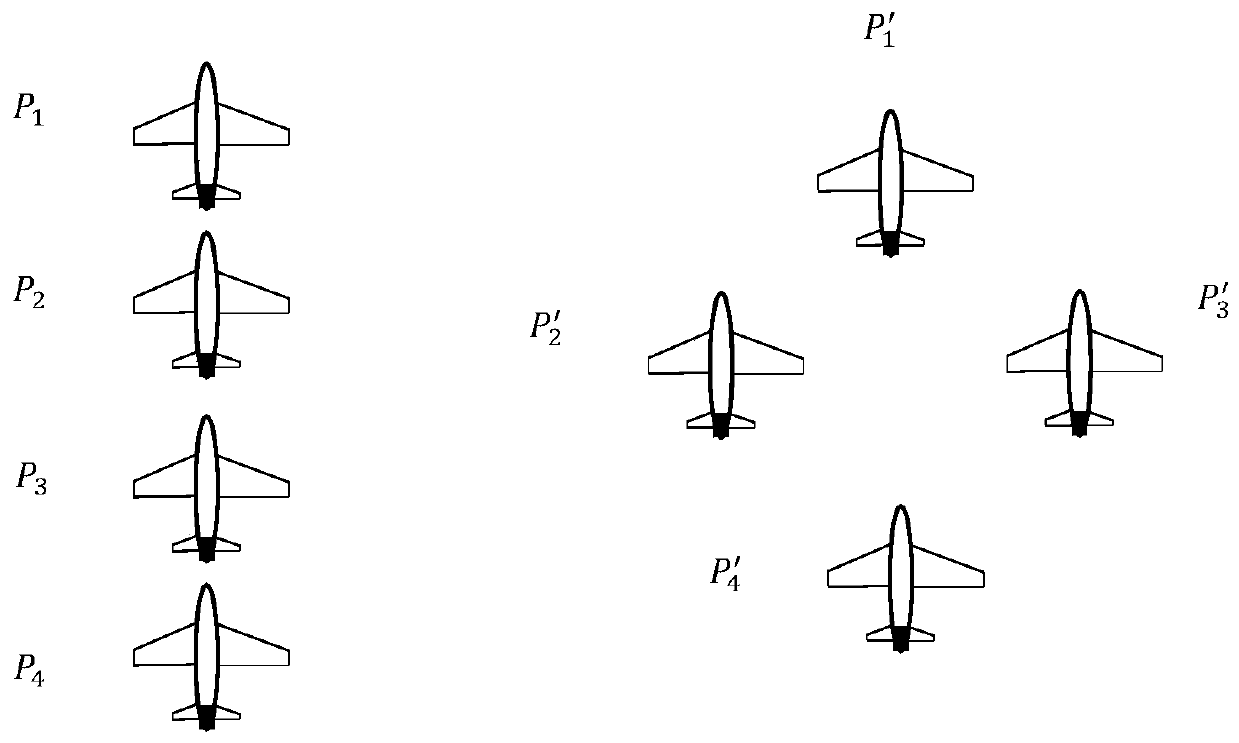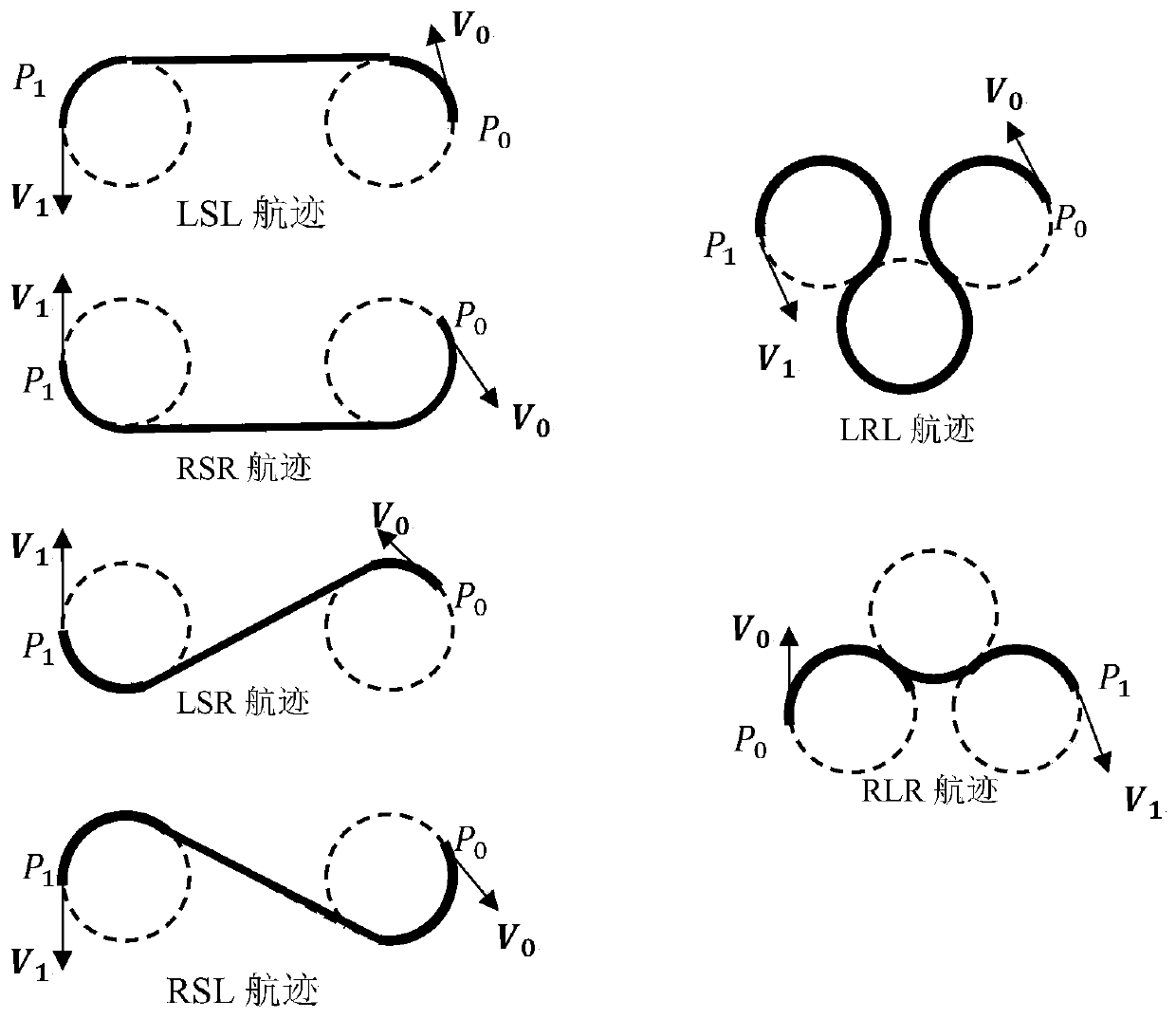Method for realizing unmanned aerial vehicle group formation reconstruction based on genetic algorithm and Dubins algorithm
A genetic algorithm, UAV technology, applied in the route planning of UAV swarms in the process of autonomous flight, the field of target assignment, can solve the crash, can not really be used in practice, does not take into account the speed and direction of the UAV and other issues to achieve the effect of improving quality, preventing omissions and misclassifications, and reasonable routes
- Summary
- Abstract
- Description
- Claims
- Application Information
AI Technical Summary
Problems solved by technology
Method used
Image
Examples
Embodiment Construction
[0037] In order to make the object, technical solution and advantages of the present invention clearer, the following will further describe in detail the embodiments of the present invention in conjunction with the accompanying drawings.
[0038] Step S1, numbering the UAVs, and establishing the position matching relationship of each UAV in the new formation, so as to complete the coding of the chromosomes. Such as figure 1 As shown, P 1 ,P 2 ,P 3 and P 4 Indicates the respective positions of UAVs in the initial formation, P′ 1 , P' 2 , P' 3 and P' 4 Indicates the position of each UAV in the new formation. In order to complete the formation reconstruction, it is necessary to establish the position matching relationship in the new formation for each UAV. Since the problem to be solved is the target allocation plan of our UAV, in order to reflect the original position and the new formation position in the grouping plan, a decimal array is used to number each position, t...
PUM
 Login to View More
Login to View More Abstract
Description
Claims
Application Information
 Login to View More
Login to View More - R&D
- Intellectual Property
- Life Sciences
- Materials
- Tech Scout
- Unparalleled Data Quality
- Higher Quality Content
- 60% Fewer Hallucinations
Browse by: Latest US Patents, China's latest patents, Technical Efficacy Thesaurus, Application Domain, Technology Topic, Popular Technical Reports.
© 2025 PatSnap. All rights reserved.Legal|Privacy policy|Modern Slavery Act Transparency Statement|Sitemap|About US| Contact US: help@patsnap.com



